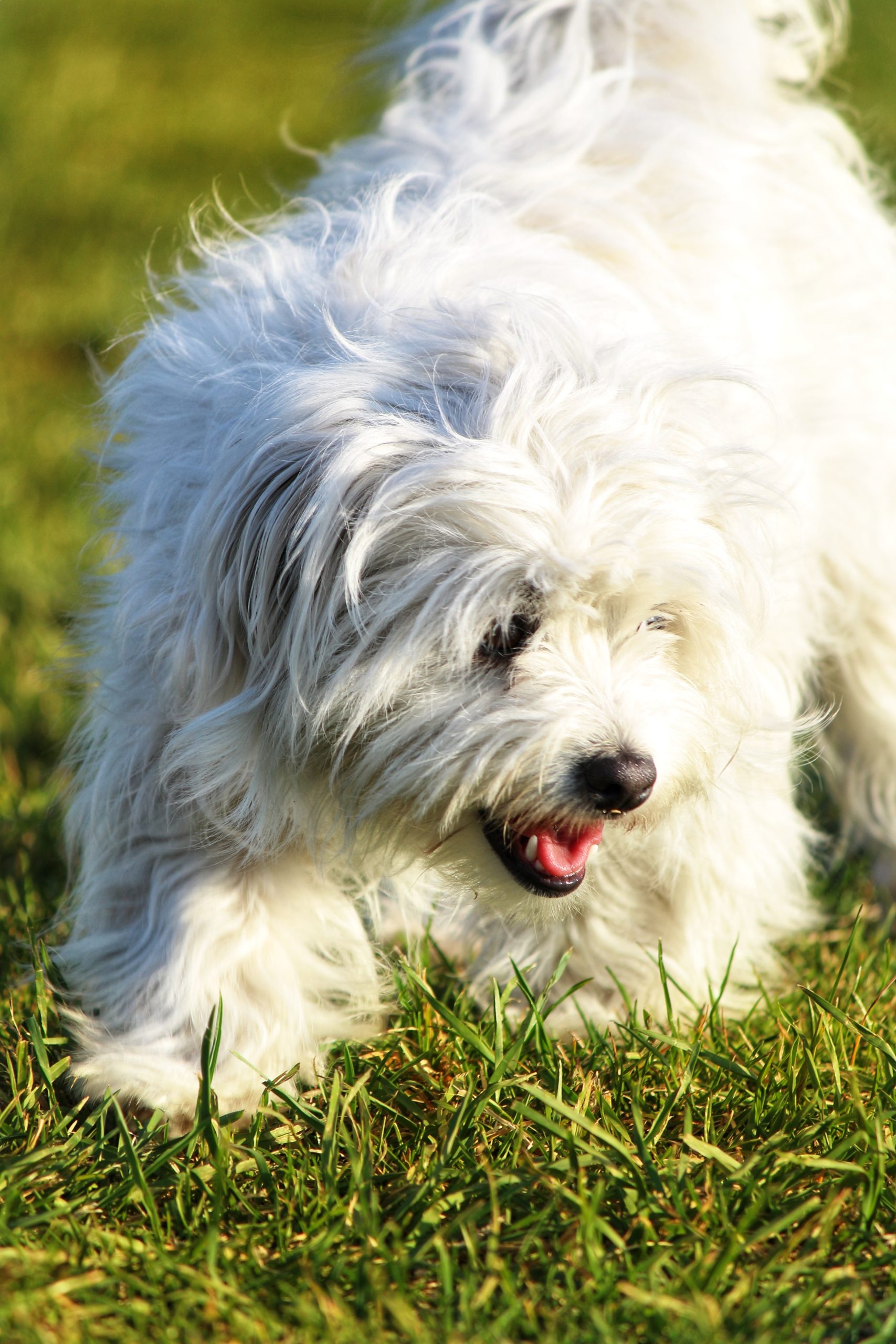A cheerful, companion dog known as the “Royal Dog of Madagascar,” the Coton de Tulear enjoys clowning, cavorting, and chasing their particular human around the house. The Coton is compact but incredibly durable. The Coton de Tulear is a diminutive, incredibly endearing canine that weighs between 8 and 13 pounds and is between 9 and 11 inches tall (KO-Tone Dih TOO-Lay-ARE). Cotons are renowned for having a thick white coat that feels as soft as cotton (or “coton,” as the French would say). Their main responsibility is to amuse, comfort, and accompany.
Owners speak in terms of humans when describing the close relationship between Cotons and their people. Coton fanciers describe them as ‘witty’ companions, ‘at times boisterous but never demanding’ and ‘naturally clownish and lighthearted,’ with a remarkably gentle, sympathetic awareness.’ Amusing characteristics of these long-lived jesters include distinctive vocalizations and a knack for walking on their hind legs.




 Health
Health Grooming
Grooming Exercise
Exercise Training
Training Nutrition
Nutrition